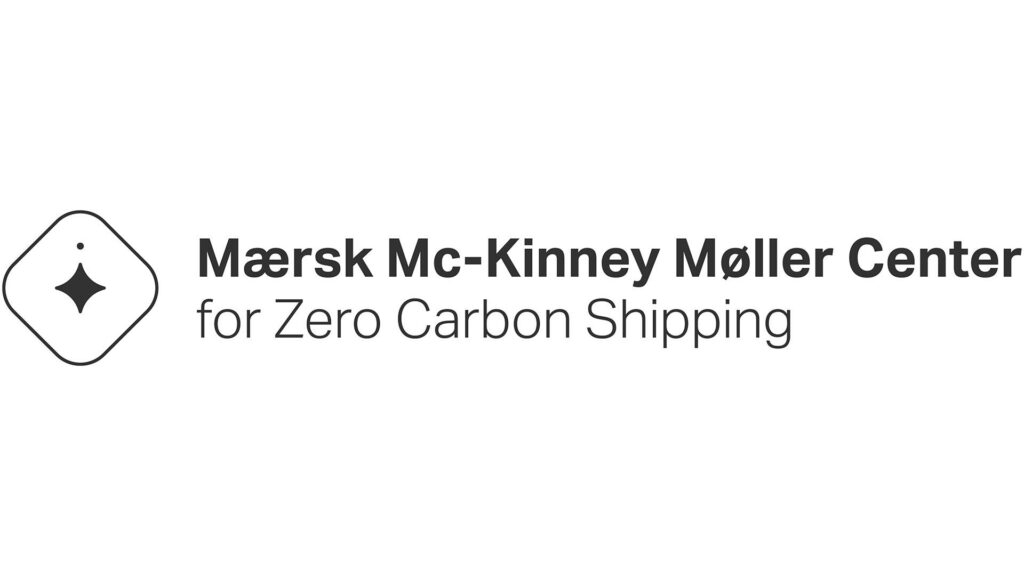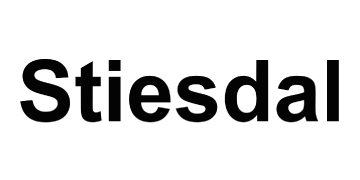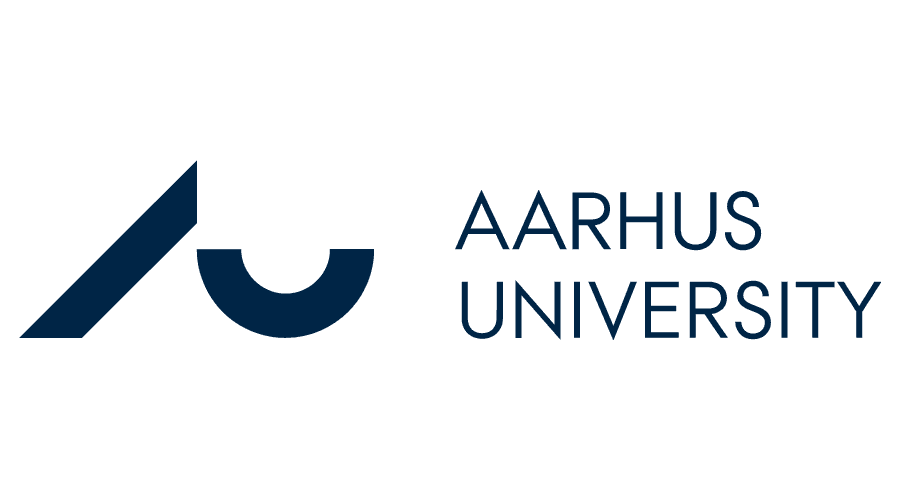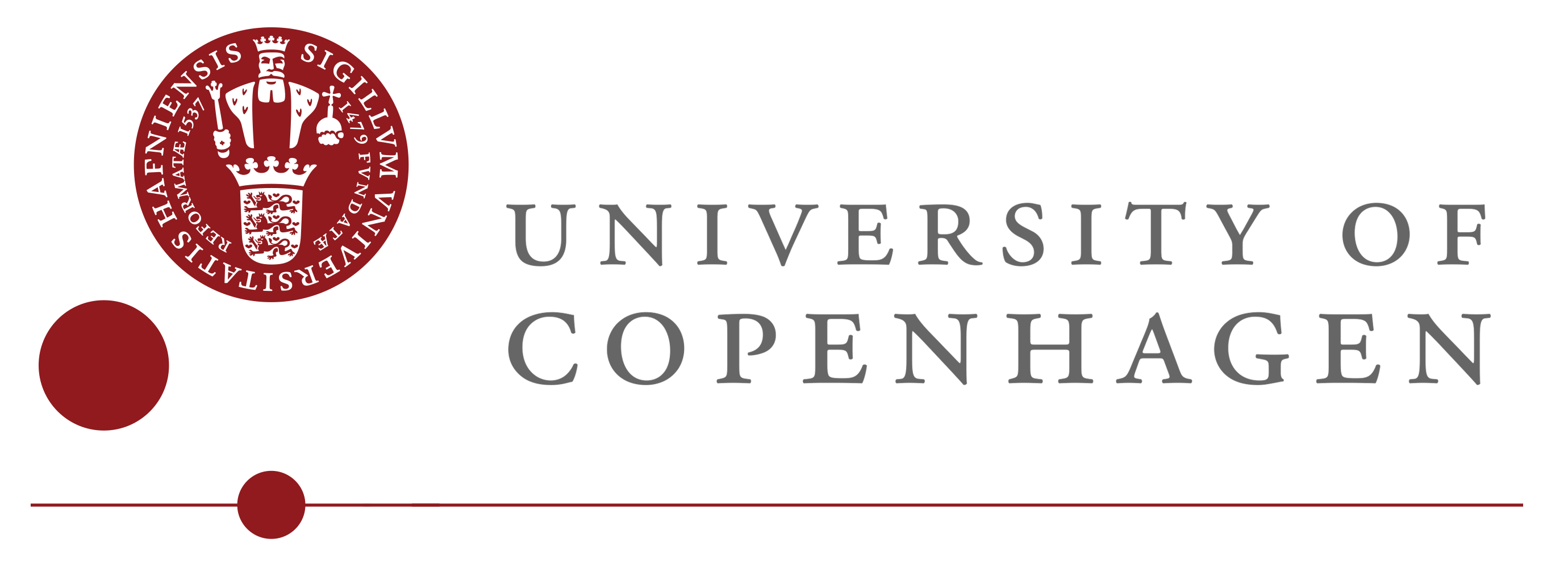CARMA-Green Fuels
Cross Mission Carbon Management
Background
In energy and transport, carbon sources (such as biomass) are considered important to produce green fuels for shipping and aviation, to some extent heavy duty vehicles, as well as for industries and peak load power plants. Moreover, carbon sources such as biomass are important elements of CCUS strategies both to secure the carbon for CCU solutions as well as to provide biogenic carbon for underground CCS and/or biochar CCS solutions. To find the best and most affordable solution, one will have to take a holistic approach such as expressed in the concept of a smart energy system. One example of state-of-the-art is the biomass strategy illustrated in Figure 1.
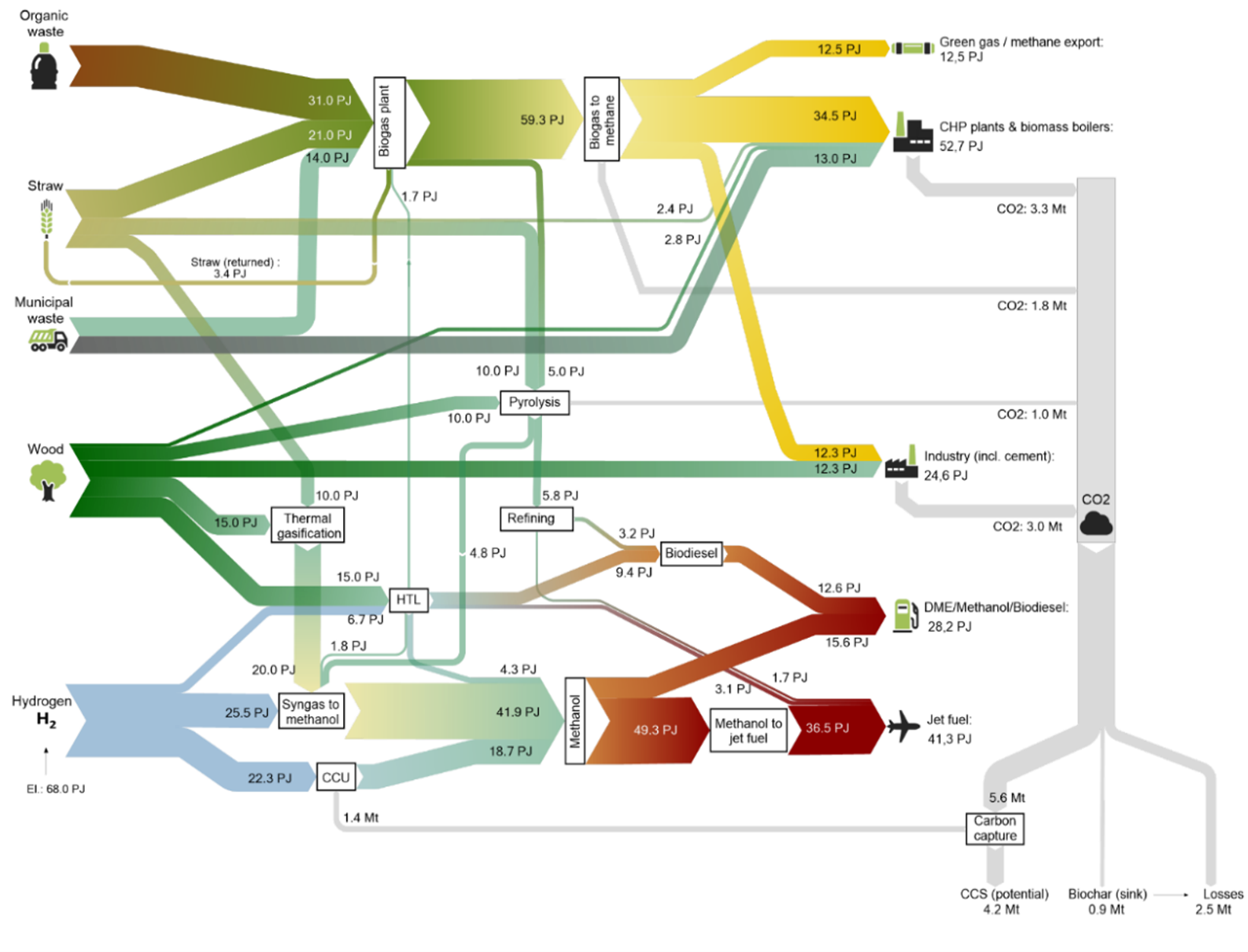
Figure 1: Example of state-of-the-art of biomass strategy within energy, industry and transport
(Source: The role of sustainable bioenergy in a fully decarbonised society, Renewable Energy (196) 2022)
In agriculture, biomass is important for many inherent purposes including sustaining soil carbon content. However, there are numerous ways of increasing biomass production within agricultural systems while meeting other sustainability criteria. Most crops do not utilize the whole growing season for carbon capture and optimization involves the production of cover crops for harvest and use and a shift into a higher share of perennial crops with a longer growing season.
Forests produce a suite of products for energy and materials and potentially also feedstock for advanced green fuels. There are opportunities to increase forest growth and forest energy and materials may substantially contribute to the green transition of society. However, wood use in Denmark is currently characterized by large import fractions and low circularity leaving ample room for additional gains in terms of climate change mitigation from optimized use of the wood resource. A balance between carbon storage in ecosystems, carbon storage in wood products and substitution of energy intense and fossil products is paramount for the contribution of the forest sector to climate change mitigation. An example of a holistic cross-sectorial carbon balance for all carbon demanding sectors is illustrated in Figure 2.

Figure 2: Example of state-of-the-art of a holistic cross-sectorial carbon balance
(Source: Scenarier for anvendelse af biomasseressourcer i fremtidens produktionssystemer for fødevarer, energi og materialer inden for rammerne af gældende politik for landbrug, miljø, klima, natur og energi. Det Nationale Bioøkonomipanel, 2022)
Objectives
- To further develop existing theoretical understanding on the concept of sustainable biomass with GHG neutrality when applied with a holistic integration across sectors
- To coordinate the use of novel solutions to negative emissions (carbon storage solutions) across different sectors based on carbon captured in biomass, from point source emissions, and directly from the atmosphere
- To develop crosscutting society system analysis methodologies, tools, and models allowing for an overarching holistic co-optimization of the carbon balance across all sectors of agriculture, forestry, energy, transport, industry, buildings, waste management, and materials
- To use these models on the assessment and development of a sustainable co-optimized carbon management strategy for green fuels in the green transition of Denmark
- To create an understanding of sustainable biomass availability and of the holistic carbon balance of a net zero society on the global scale to reveal the techno-economic feasibility of solutions, models and system designs and their scalability and applicability as models for a global climate solution


Expected results/impact
This project will contribute with the following results outlining the potential future development of sustainable use of biomass in the fully decarbonized society:
- Potential quantities of additional agricultural and forest biomass that can be produced sustainably within Denmark under different scenario conditions
- Optimized use of forest biomass, integrating temporal aspects of the allocation of carbon to the forest ecosystem, materials, energy products and permanent underground storage
- Which other policies and ecosystem services can be supported by a transition of Danish agriculture and forestry facilitated by an integration with the energy, material, and carbon markets
- Technology scenarios for the best utilisation of our biomass resources into various materials, energy products and carbon storage via cascade utilisation
- Perspectives for achieving a greening of Danish agriculture from conversion into a higher share of crop cover across the landscape and over time, with a utilisation of the new crops for biorefining
Budget

4.9 M DKK
Partners

13
Start

November 2023
Duration
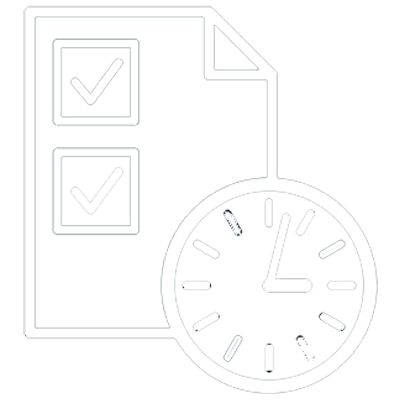
3 Years
Partners
